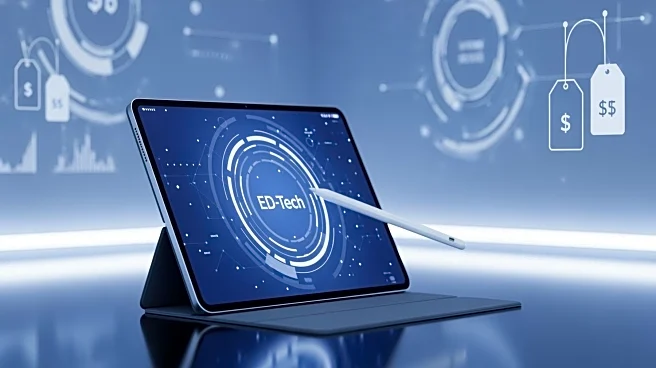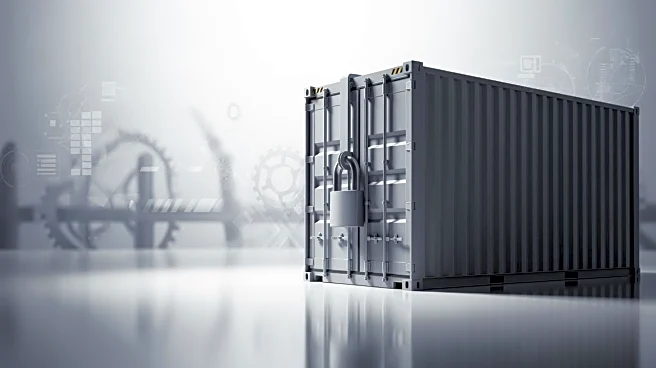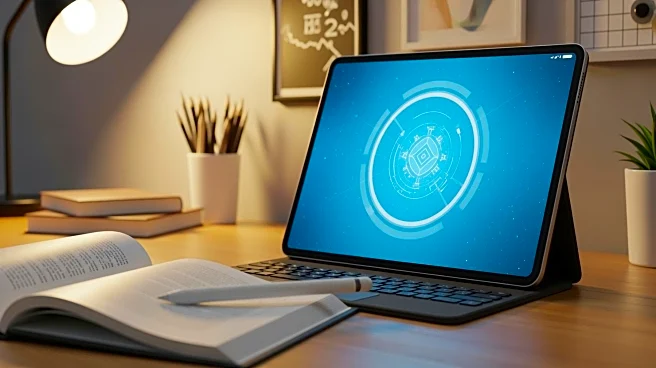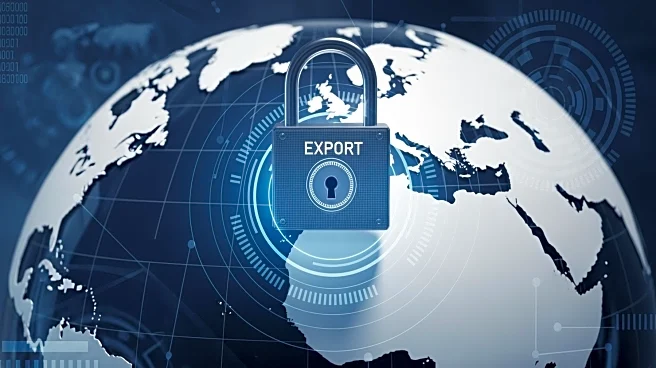What's Happening?
The U.S. education technology sector is experiencing significant pressure due to tariff policies affecting global supply chains and procurement budgets. Since the Trump administration's implementation of reciprocal tariffs in 2025, the cost of imported
technology, including student laptops and data center equipment, has risen, prompting universities and K-12 institutions to reconsider their purchasing cycles and IT investments. The tariffs, which include a 10 percent baseline on most imports and higher rates for certain countries, have led to increased costs for educational institutions. Although electronics like smartphones and computers were exempted, tariffs on electronic components such as semiconductors, steel, and aluminum have contributed to rising expenses. Additionally, the tariffs have impacted international student enrollment, particularly from China, resulting in a 25 percent drop and costing U.S. universities over $1 billion annually in tuition revenue.
Why It's Important?
The tariff-induced challenges are significant for the U.S. education sector, as they not only increase hardware costs but also affect the financial stability of universities. The drop in international student enrollment, particularly from China, has reduced tuition revenue, which historically helped offset domestic budget gaps. This financial strain forces institutions to find operational efficiencies or alternative solutions, as raising tuition is generally not feasible due to public trust concerns. The tariffs also delay infrastructure upgrades and refresh cycles, impacting hardware-intensive labs and classroom technology. As universities face higher expenses for campus operations, they must adapt by exploring domestic sources and negotiating with suppliers to share costs. The situation highlights the broader economic impact of tariffs on education and the need for strategic planning to manage these challenges.
What's Next?
Educational institutions are likely to continue adapting to the tariff environment by shifting procurement strategies and exploring multiyear agreements to stabilize costs. Some schools are building teams specifically tasked with managing tariffs and policy uncertainties. Ed-tech providers are adjusting their prices and supply chains, with many offering deferred payment options or extended support for existing devices. Companies are increasingly relying on scenario planning, automation, and data analytics to anticipate cost fluctuations and supply-chain disruptions. The focus on supply-chain resilience and diversification aligns with the ultimate goal of tariffs to bring business back to the U.S., positioning organizations for long-term success regardless of policy changes.
Beyond the Headlines
The tariff situation presents an opportunity for innovation within the education technology sector. Companies are exploring creative financing models, supply chain diversification, and new procurement planning approaches to build operational resilience. This strategic shift may lead to long-term benefits, as institutions and businesses adapt to the evolving policy environment. The emphasis on transparency and alignment with vendors could improve relationships and facilitate smoother operations in the future.













